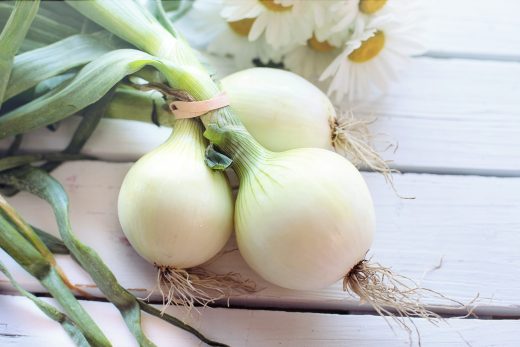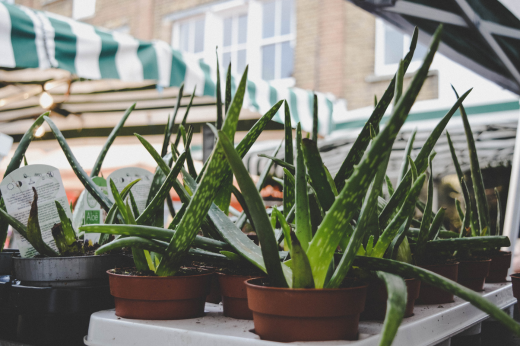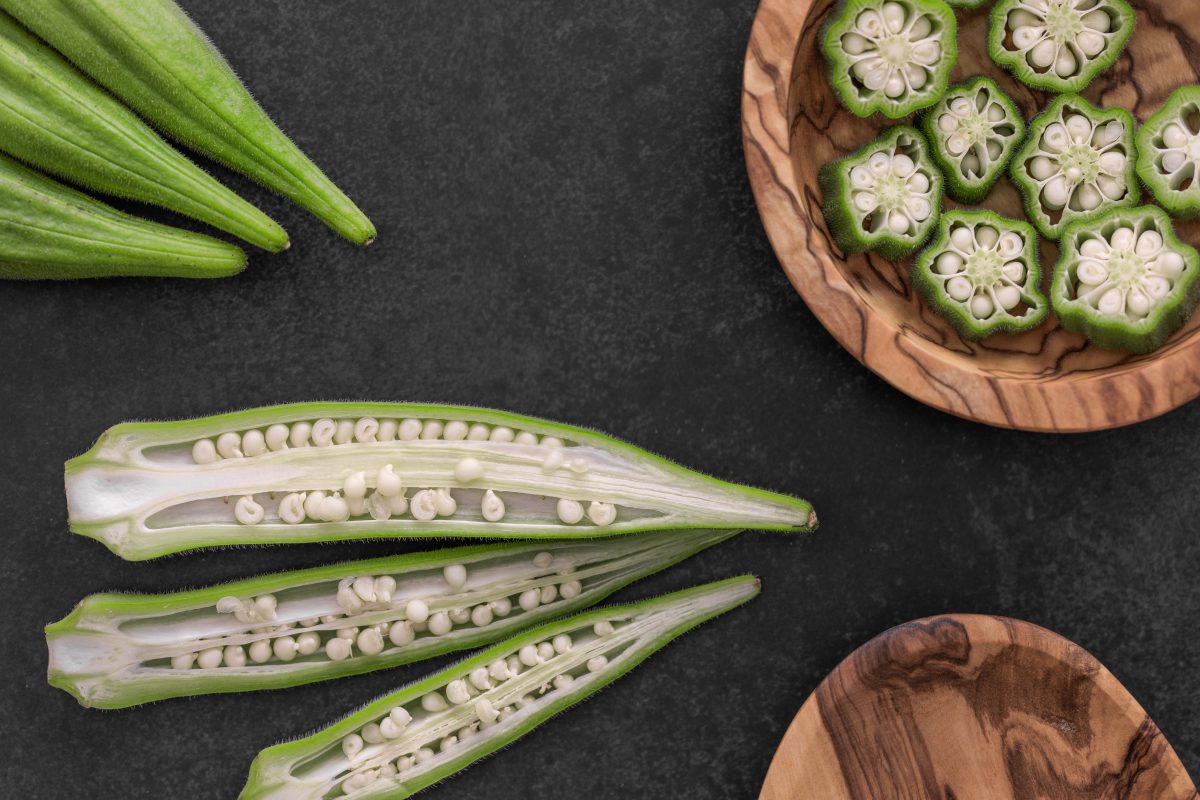You’ve probably heard that onions are good for your health. But did you know they’re also easy to grow? In fact, there’s a type of onion out there for every gardener.
Onions have a far greater and important history than most of us give them credit for. As the third most important vegetable in the world, they’ve served as a culinary tool to add bursts of flavor to bland dishes and for considerable medicinal purposes.
Here’s everything you need to know about growing them successfully in your garden!
What’s So Special About Onions?

Onions are a staple in many cuisines, and for good reason. They’re easy to grow, super healthy, and versatile. There are all sorts of different kinds of onions that you can try out depending on what kind of flavor profile you’re looking for.
Onions are part of the allium family (along with garlic and leeks), which means they contain sulfur compounds that give them their distinctive taste. The most common variety is the yellow onion–it’s milder than red or white varieties but still has plenty of character.
They are one of the most ancient food sources dating back more than 5000 years in human history. We can trace them back as a food staple to the Bronze Age and even find them mentioned in Ancient Egypt. The concentric rings made onions symbolic of eternal life in Egyptian culture.
Medicinal Uses
Onions have been used throughout history to treat a variety of ailments, including the Black Plague. Early Americans used onions for coughs, colds, and breathing difficulties like asthma. General Ulysses S. Grant wrote to the War Department in Washington during the Civil War that he wouldn’t move his army without onions as they were used for treating wounds.
It turns out that onions are a very interesting vegetable with a wide variety of uses.
Choose The Best Onion Variety For You
The onion family is a large one, but you can boil it down to three basic groups: common onion (this includes green onions), aggregate onions (shallots), and proliferous onions (winter onion, Egyptian onion, walking onion). The common onion is the only cultivating onion as they are the only varieties that produce seeds.
Allium cepa, or common onions are the most important, and the group you’d choose from for your garden. Most gardeners choose to plant sweet onions, but the choice is yours.
Planting
Planting onions in spring is the best way to grow them. If you live in a cooler climate, planting in the early spring will give you a head start on the season. In warmer areas of the country, growing onions from seed can be done at any time during the year and done inside in colder climates.
When planting onions you have two options, onion sets or seeds.
Planting Onion Sets
Many gardeners prefer to start with onion sets that you can purchase from your local garden center. Sets are a good option for any gardener, but especially those just starting out. They establish themselves quickly and are easier to plant.
Sets are tiny onions that will take about 14 weeks to mature. Because they’ve already sprouted, they can withstand a little colder weather, unlike seeds.
It’s best to choose small bulbs that are about ¾-inch in size. If you go with larger sets, you may end up with less desirable mature onions that will go to seed before you harvest.
Planting Onion Seeds
In colder regions (Zone 5 and colder), it may be best to start with seeds indoors. The soil outside must be at least 50 degrees F for your seeds to germinate. These seeds and the tiny sprouts are highly susceptible to cold and frost, so you must be sure of the weather.
If you’re worried about the cold, start your onion seeds inside about 6 weeks before it’s safe to garden outdoors.
Where To Plant Your Onions Outside
Onions prefer full sun. You’re not going to want to pick a place in your garden where other plants will provide them with shade. In fact, the more sun they get, the bigger your onions will be when they’ve matured.
In the fall or in the early spring before. You’re ready to plant, mix in aged manure or compost to the soil of your garden to give it a softer texture for the bulbs and plenty of nutrients.
When planting onion sets, you’ll want to space them 2 to 6 inches apart in loose soil. If you’re transplanting from indoors, you can space them 4 to 5 inches apart. If you’re planning on pulling the onions early as with scallions, then you can plant them closer together. It’s important to only plant them about 2 inches into the soil. Onion bulbs won’t develop properly if they’re planted too deep.
Growing
Onion plants need many nutrients, that’s why it’s important to prepare the soil before planting with compost or manure (or your fertilizer of choice that’s nitrogen based). You’ll want to fertilize your crop every few weeks to keep the nutrients available. Once the bulbs start to push out above the soil, you can stop fertilizing.
- Use light mulch to keep the bulbs covered. This helps to retain moisture, suppress weeds, and allow for needed air circulation.
- If you use light mulch, you generally won’t have to water regularly. Onions require an inch of water per square foot per week. This includes rainwater.
- If you want sweeter onions, then water them more.
- To deter thrips, a common garden pest, you can intersperse your onion crop with tomatoes or carrots in alternating rows.

Harvesting
If you’re onions send up flower stalks you need to pull them straight away. By this point, the bulbs have stopped growing, but these onions won’t store well and need to be used quickly.
If you’ve planted your bulb in the spring, then you’re looking at harvesting in mid-summer. You’ll notice the foliage tops will start to yellow and tip over. When you notice this, bend the foliage over to speed up the final ripening process and loosen the soil around the bulbs.

You’ll want to harvest your onions by late summer and when it’s still dry. Harvesting wet onions can lead to rot when you place them in storage. Once the tops have fully browned, it’s time to pull up your onion bulbs.
Make sure to be gentle. Any bruise on the onion will encourage rot in storage. Cut off the roots and trim the tops back to an inch or two unless you plan to braid them for storage. Let the onions dry for a few days either on open ground or in the garage or barn.
Ideally, your onions should be stored in a dry place that stays between 40 to 60 degrees F. You should periodically check for rot or sprouts and remove those onions from the mix.
Never store onions with apples or pears as they produce a gas that will make them sprout.
Conclusion
Onions are not a hard vegetable to grow and need little attention. If you’ve prepared the soil with good nutrients, it’s a matter of watching the rain fall and checking in mid-summer for their progress.
Storage can be a little trickier, but a little surveillance can keep your crop healthy until the next one comes along.





